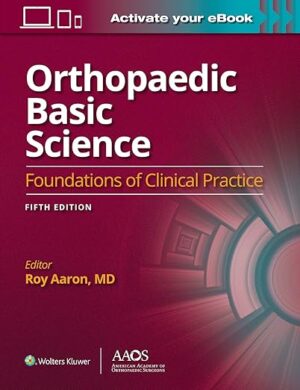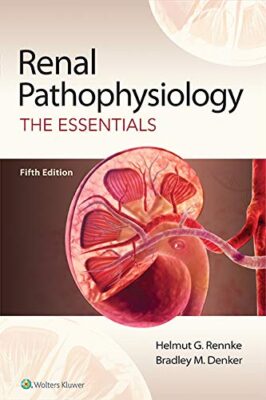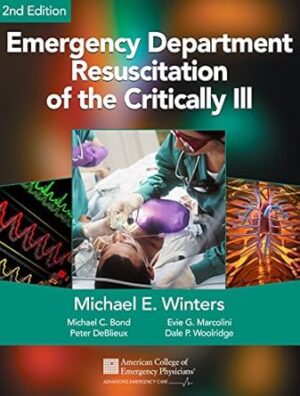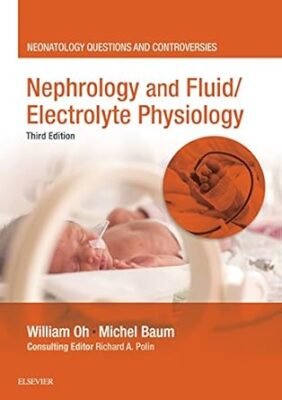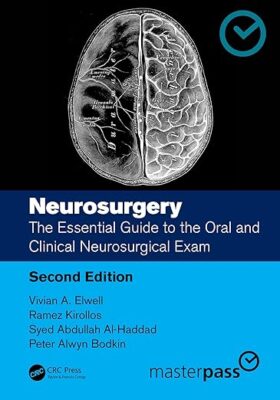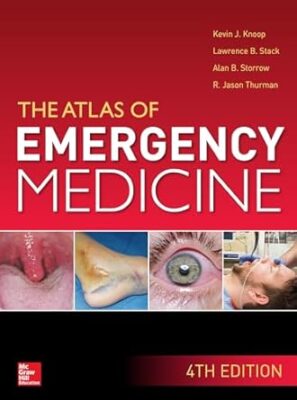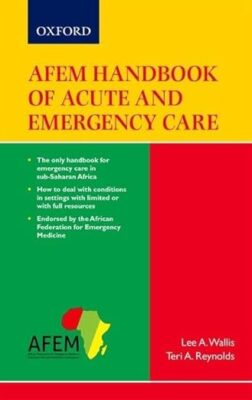Orthopaedic Basic Science: Fifth Edition: Print + Ebook: Foundations of Clinical Practice 5 (AAOS – American Academy of Orthopaedic Surgeons)
Selected as a Doody’s Core Title for 2022 and 2023!
Build your Foundation of Basic Science – from Research to Clinical Application and Advancement
This fifth edition is your concise and clinically relevant resource for the scientific basis of orthopaedic surgery in support of the diagnosis and treatment of musculoskeletal diseases and conditions.
Reach for this title to explain the functions, advancements, and limitations of the science behind the decisions, treatments, and procedures you perform in your practice every day. Use it to build and reinforce your foundation of knowledge for applying advances in scientific discovery to your decision making in the clinic and the OR.
This new edition is completely rewritten, reorganized, and refocused through a collaboration of senior scientists and clinicians with new chapters and content reflecting the many advancement in and around the science behind musculoskeletal medicine, including epigenetics, biomaterials, tissue engineering, gender differences, and metabolic bone disease, as well as the growth of registries and best-practice guidelines.
Sections include:
- Basic Disciplines in Orthopaedic Surgery
- Structure and Function of Musculoskeletal Tissues
- Pathophysiology and Orthopaedic Medicine
- Repair and Regeneration
- Principles of Clinical Information
Enrich Your eBook Reading Experience
- Read directly on your preferred device(s), such as computer, tablet, or smartphone
- Easily convert to audiobook, powering your content with natural language text-to-speech









